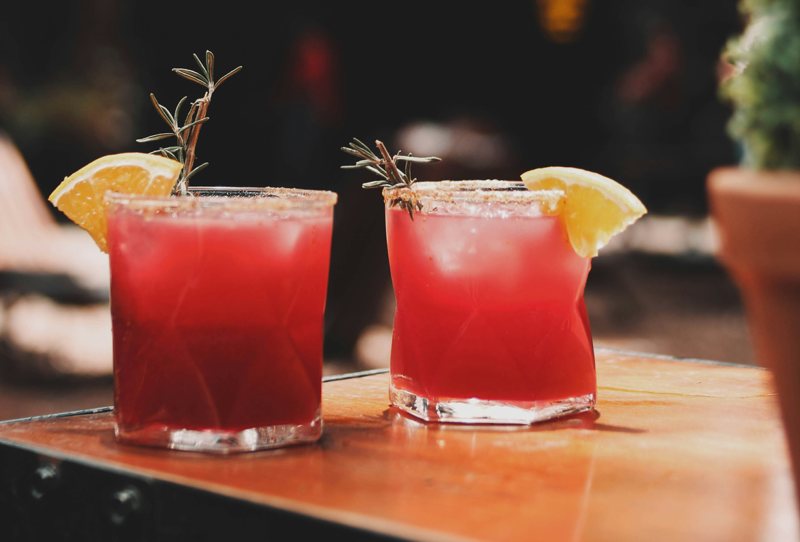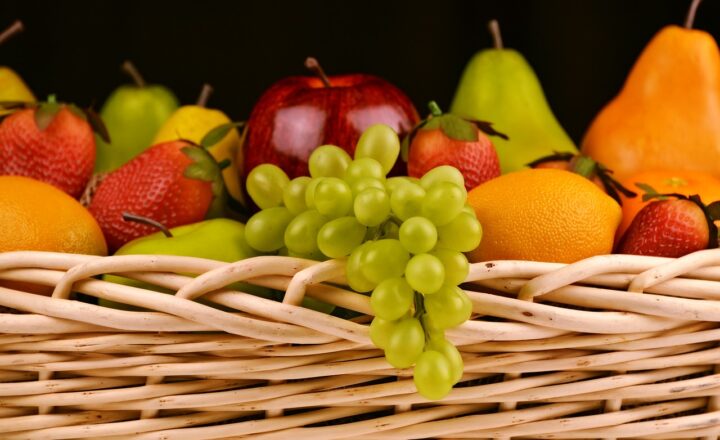A Journey Through the History and Culture of Cocktails: From Prohibition to Modern Mixology
October 15, 2024

Cocktails are more than a combination of spirits and mixers—they’re a reflection of culture, history, and art. The journey of the cocktail spans centuries and continents, evolving from medicinal elixirs to symbols of rebellion and, eventually, markers of sophistication and creativity. Let’s explore the origins of cocktails, how they’ve been shaped by key historical events, and why they remain so significant today.
Origins of Cocktails: The Medicinal Beginnings
Long before they became leisure drinks, cocktails were concocted for their supposed medicinal benefits. In the 17th and 18th centuries, herbalists and apothecaries mixed spirits with herbs and spices to create “tonics” thought to cure ailments.
Notable Early Cocktails:
- Sling: One of the earliest precursors to modern cocktails, made with water, sweetener, and spirit, often with a dash of spice.
- Punch: Originating in India and brought to Britain, this drink combined five ingredients—often spirits, lemon, sugar, water, and tea or spices.
The Cocktail Boom and Prohibition Era
The term “cocktail” first appeared in print in 1806, and by the late 19th century, bartenders were already considered artists of their trade. However, the real game-changer was the Prohibition era in the United States (1920-1933). The ban on alcohol led to secret bars known as speakeasies, where people indulged in cocktails made from smuggled spirits.
Popular Prohibition Cocktails:
- Sidecar: Made with cognac, orange liqueur, and lemon juice, often associated with a sense of adventure and rebellion.
- Bee’s Knees: Gin, honey, and lemon juice masked the less-than-perfect spirits available, symbolizing the resourcefulness of the time.
Post-Prohibition and the Golden Age of Cocktails
After Prohibition ended, the cocktail world flourished, with classic recipes refined and new ones created. This period, known as the Golden Age of Cocktails, saw the rise of iconic drinks and the establishment of famous bars worldwide.
Key Golden Age Cocktails:
- Manhattan: With its blend of whiskey, sweet vermouth, and bitters, it became a staple of American bars.
- Mai Tai: This Tiki-inspired drink popularized tropical flavors, symbolizing escapism and exotic allure.
Cocktails Around the World: A Cultural Exploration
Cocktails reflect the tastes, ingredients, and cultural nuances of different regions. Here’s a look at some globally influenced cocktails:
- Caipirinha (Brazil): Cachaça, lime, and sugar, representing the simplicity and boldness of Brazilian culture.
- Pisco Sour (Peru/Chile): A tangy drink that combines Pisco, lime, egg white, and bitters, highlighting the South American zest for life.
- Sazerac (New Orleans, USA): Made with rye whiskey, absinthe, and Peychaud’s bitters, it reflects the multicultural influences of New Orleans.
The Modern Mixology Movement
The 21st century has seen a resurgence in cocktail culture, driven by mixologists who view their craft as an art form. With a focus on fresh ingredients, innovative techniques, and complex flavors, today’s cocktails are as much about the experience as they are about the drink itself.
Trends in Modern Mixology:
- Farm-to-Bar: Emphasizing fresh, locally sourced ingredients.
- Molecular Mixology: Using science to create unique textures and flavors with techniques like foams, gels, and smokes.
- Sustainable Cocktails: Minimizing waste and focusing on eco-friendly practices, such as reusable straws and compostable garnishes.
Why Cocktails Matter Today
Cocktails are more than just drinks—they’re an experience. They represent social connections, creativity, and the spirit of experimentation. Whether you’re in a high-end bar or making drinks at home, cocktails invite us to celebrate life’s moments, big or small.
Conclusion: The story of cocktails is as diverse as the ingredients that go into them. From medicinal beginnings to modern mixology marvels, they have evolved to become a vital part of our culture. As you sip your next cocktail, consider the journey it has taken to get to your glass—a journey that’s as rich and complex as the drink itself.






